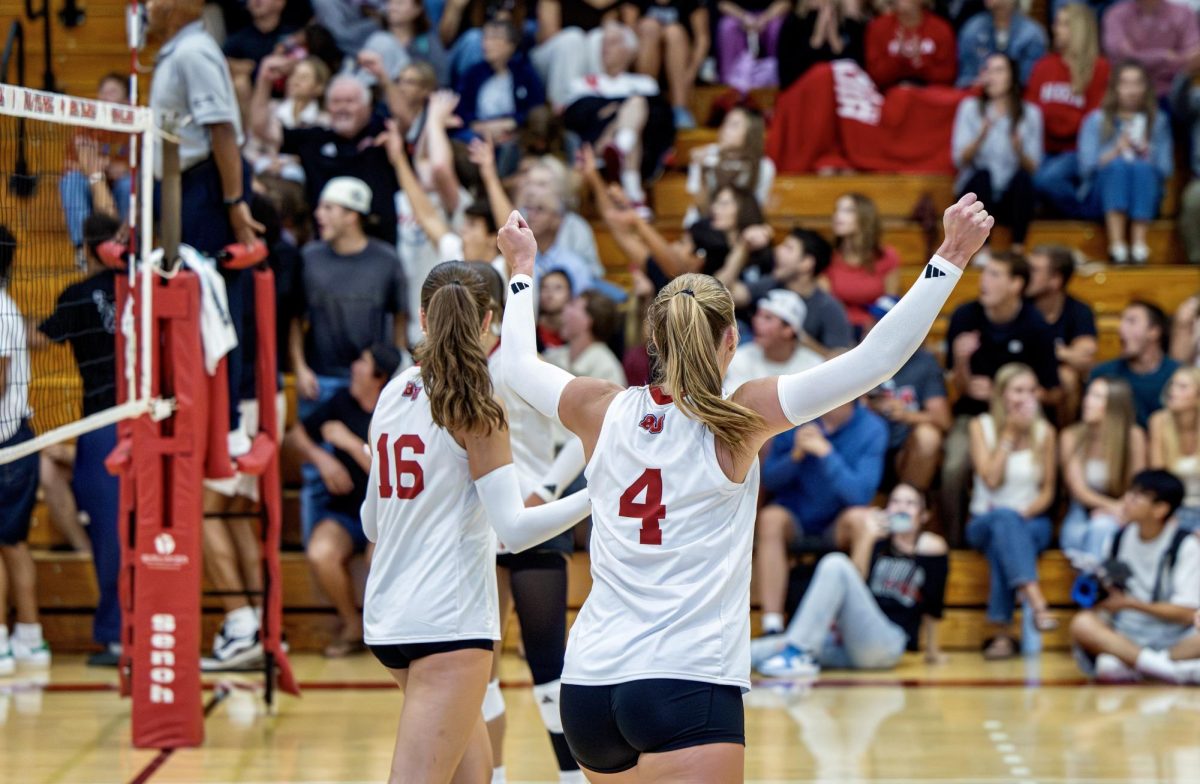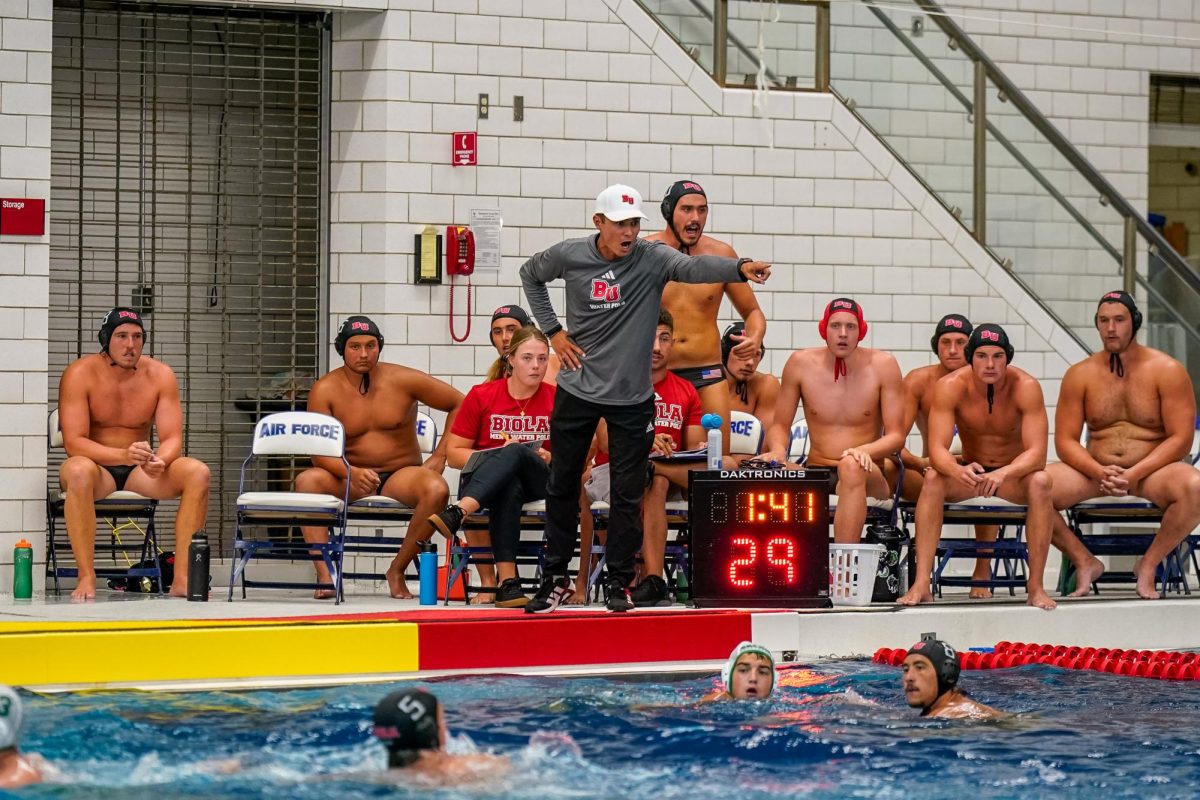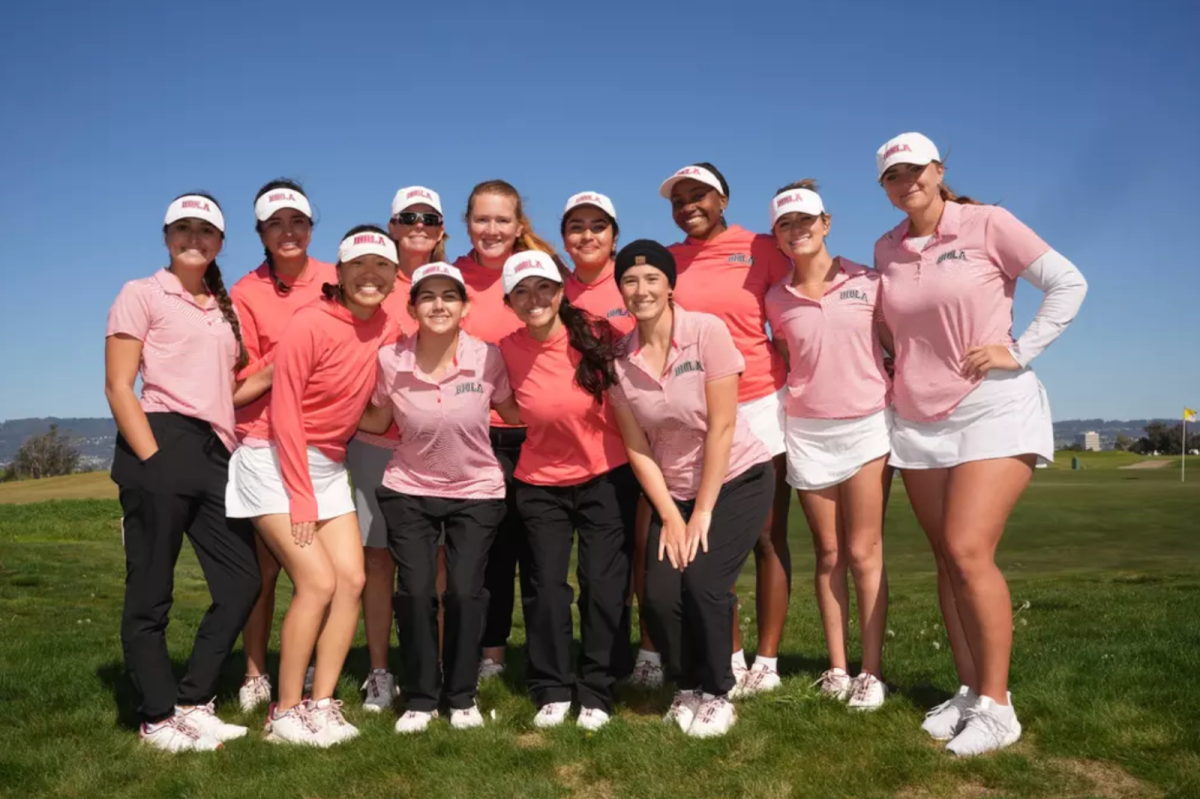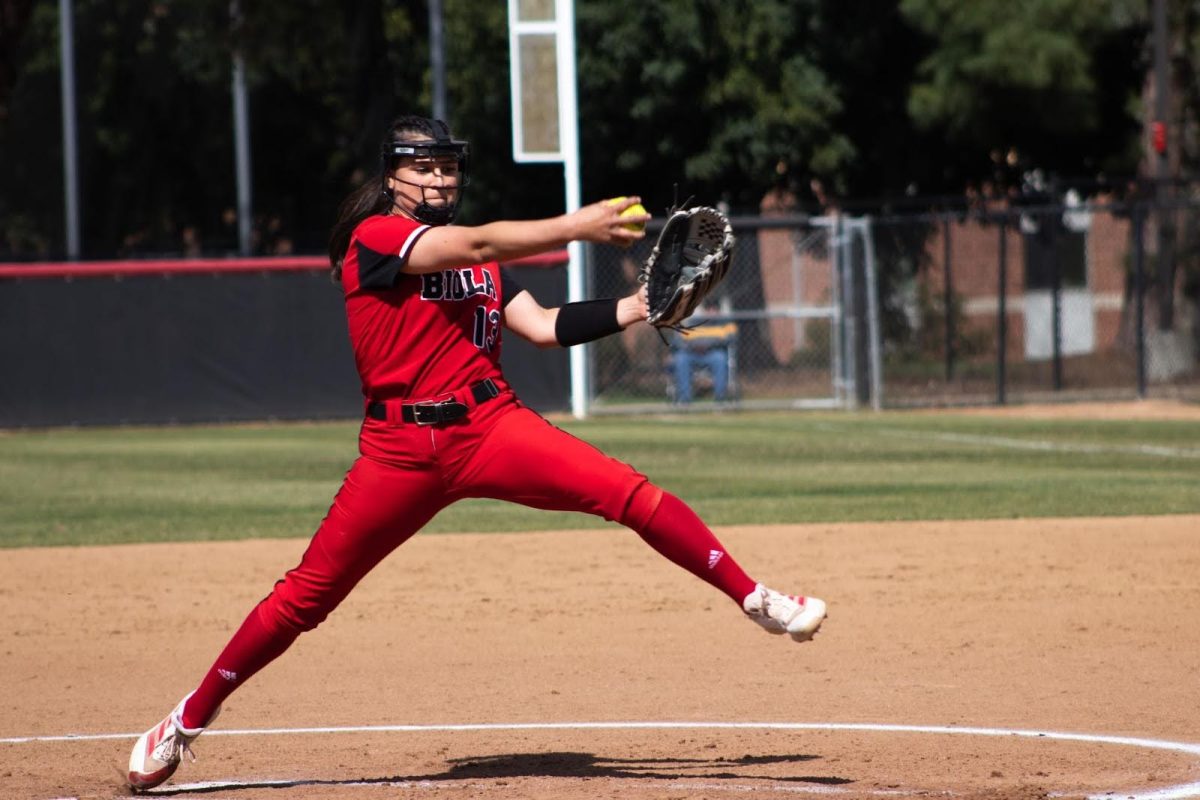The rankings of each school differ depending on each sport. Every year, coaches do a preseason poll to come up with an official NAIA ranking based on a team’s past performance and prospects for the future. Throughout the season, GSAC rankings will change based on a team’s raw win-loss record. NAIA rankings, on the other hand, take into account the competition’s record – defeating a higher-ranked team is better than defeating a lower-ranked team. A team’s final ranking (seasonal ranking) sets the tone for the following year and affects preseason rankings. In virtually every sport, GSAC is highly competitive, with more nationally-ranked teams than any other of the 25 NAIA conferences. Thus, NAIA national championships usually include a significant number of GSAC teams.
What is NAIA?
National Association of Intercollegiate Athletics is a national conference that includes virtually all colleges outside the NCAA. The difference between NAIA and NCAA is that NAIA colleges have lower student enrollment and have fewer restrictions for recruiting. (Note: NAIA colleges may give full rides or partial scholarships.) Biola is in the Golden State Athletic Conference, or GSAC, which is just one of NAIA’s 25 conferences across the country.
What is GSAC?
GSAC is made up of 10 Christian affiliated colleges within California: Azusa Pacific University, Westmont College, California Baptist University, Concordia University, Fresno Pacific University, Point Loma Nazarene University, Vanguard University, Christian Heritage College, Hope International University, and The Master’s College. During the “regular season,” these colleges compete against each other. Each sport may schedule games with other schools outside their conference, but the games do not count for their overall GSAC record.
What is NCAA?
The National Collegiate Athletic Association, or NCAA, contains three branches: Division I, Division II and Division III. Colleges like UCLA and Cal State Fullerton are D-I schools that compete against the most skilled teams. The lower branches are categorized as D-II and D-III schools. These, of course, are considered less competitive than D-I schools. (Note: D-I and D-II give full rides, but D-III does not.) Schools can move up from a lower division if they demonstrate a strong, competitive sports program.







